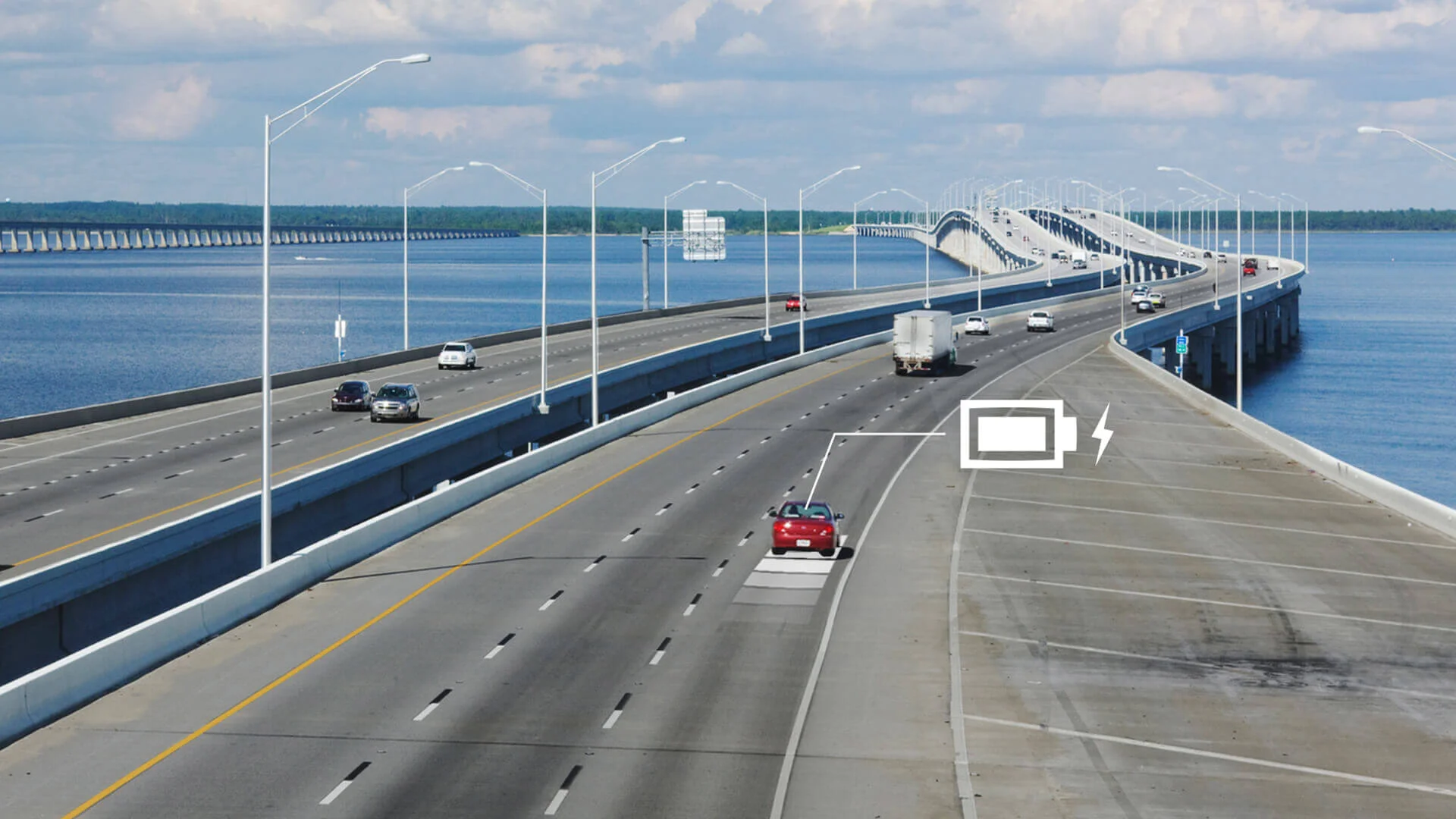

Jul 14, 2021
VISION & IDEADriving an electric vehicle as far as you want without stopping to charge—this lifestyle is about to become a reality
Get EVs more convenient with technology with which vehicles are charged while moving
Have you ever heard the technology that enables electric vehicles (EVs) to be charged while moving? It may not be necessary for you to charge your vehicle when the technology is turned into practical use. Let’s take a closer look.
Contents of this article
Say goodbye to the chore of charging
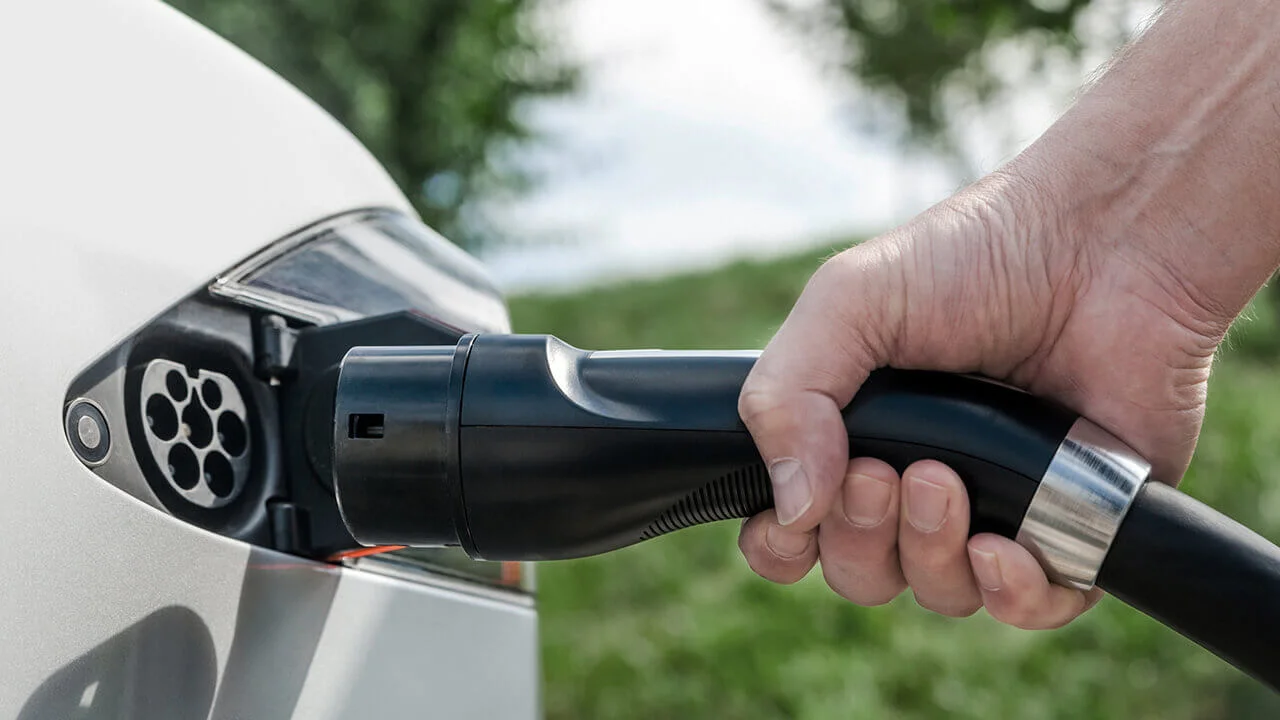
Have you realized that your smartphone battery is running out?
“I’d like to check my SNS, but I will be troubled if the battery runs out when I’d like to use my smartphone.”
“I left my mobile battery at home. I’m worried if the smartphone battery will last until I get home.”
Nobody likes to worry that their battery could run out at any moment. This applies to other devices and tools as well, not just smartphones—it’s a hassle when your notebook computer or wireless earphones run out of juice just when you need them, yet sometimes we simply forget to charge our devices. Plus, it’s a chore to plug in and charge so many different devices every day. As the number of convenient devices we use daily continues to grow, so does this problem.
But don’t you think that it is very convenient if all of your devices could gather the energy they need anywhere and anytime, just like we breathe in air from the atmosphere whenever we need it? Such a dream is getting reality first in the field of electric mobility by the technology that enables EVs to be charged while moving.
Relieved to be stuck at a red light
The technology is that wireless power transfer devices automatically charge batteries of EVs in halt and in moving. It enables EVs to keep running without stopping to charge.
Think about the last time you drove in a city; you probably spent half your time just stopping at red lights. However, if red-light stops were opportunities for your car to charge up, then you’d be happy to have missed that last green!
And as EVs spend throughout the society, it will be social problems for them to make long cues for charging in parking lots and others in long holiday seasons, but it will prevent such a social problems to charge EVs in moving.
Moreover, it takes too long time for EVs to be charged enough, and it is the reason why they have not become popular for commercial vehicles. This shortcoming could be rectified by enabling buses to charge at bus stops or taxis to charge at boarding zones, improving operating efficiency and thus accelerating the spread of commercial EVs.
Researchers are working to bring about this technology, which offers so many new possibilities.
Experiences only possible with EVs
Keisuke Tani and Nobuhisa Yamaguchi, who belong to DENSO’s Electrification Systems Eng. Div. and are involved in this project, explained “Thinking outside the box of gasoline vehicles is important for this technology development”
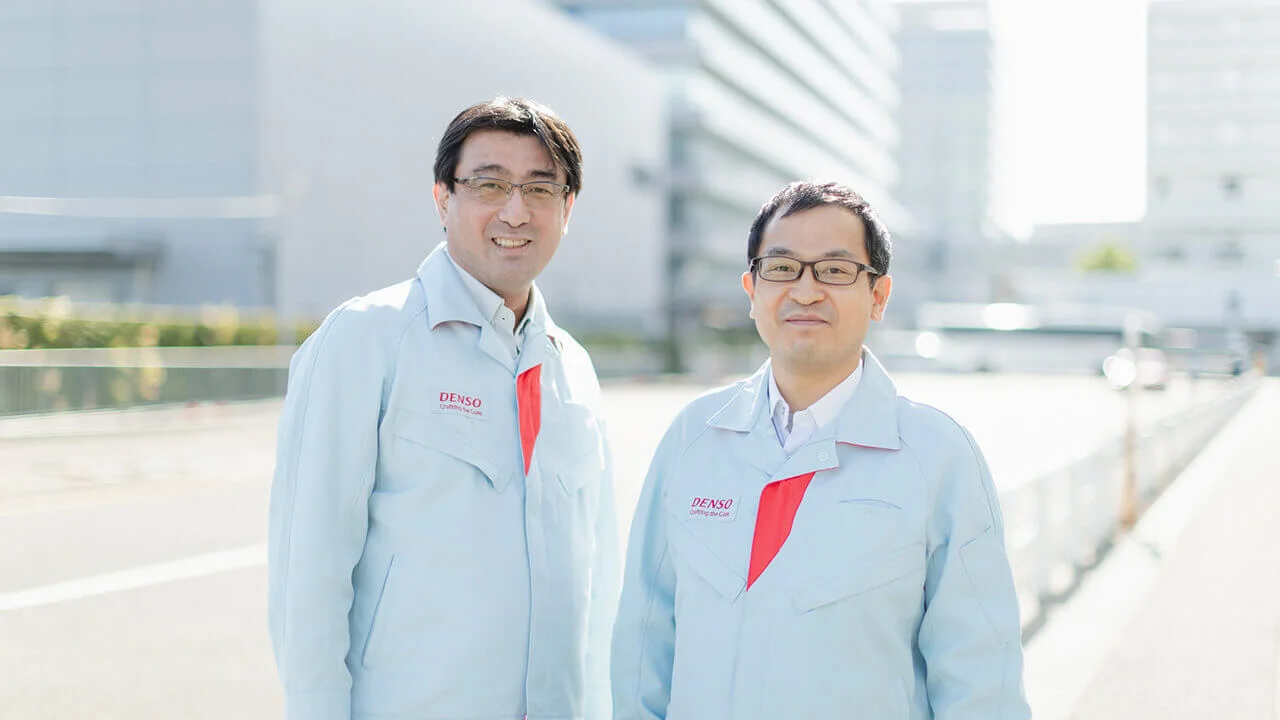
“EV technology development has focused on achieving a similar performance and driving feel to the conventional gasoline vehicles so far. However, I think it’s important to make everyone want to choose an EV by giving them experiences only possible with EVs and advantages not available with gasoline vehicles.”, Tani said.
The dynamic wireless power transfer has been attracting increasing interest for the reason above. This new technology will provide five major advantages in our lives.
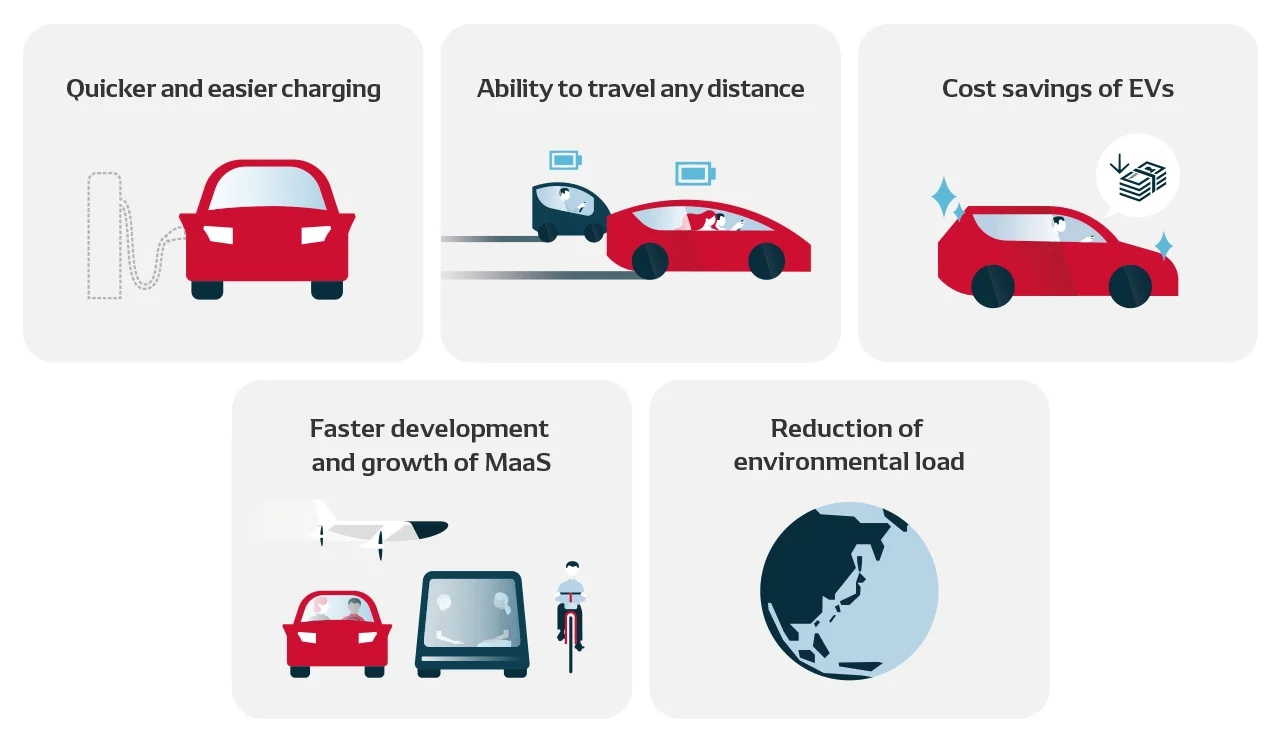
The first one is quicker and easier charging. It is not necessary to stop at an EV-compatible gas station or a charging station, because you can charge your EV while driving, and it eliminates the burden of charging and waiting.
The second advantage is the ability to travel any distance. As long as you drive on roads with built-in charging devices, you won’t need to stop and recharge, making your potential travel range limitless. Cost savings are the third advantage. Because EVs will no longer need to accumulate and store large amounts of electric power, batteries can be made smaller. This will reduce the cost of producing the battery and lower the price of the EV.
The fourth advantage is faster development and growth of mobility-as-a-service (MaaS). In addition to EV charging, dynamic wireless power transfer technology can be applied to automated delivery robots, drones, flying cars, and many other electric mobility means and services. Furthermore, the ability to supply electricity to vehicles anytime and anywhere as they operate will spur innovation in the MaaS field.
Finally, the fifth advantage of this technology is reduction of environmental load. Storing and transmitting electricity causes a lot of loss, therefore you can reduce the loss by storing electricity as little as possible, or shortening transmission distance. One possible application of dynamic wireless power transfer would be to generate clean energy in a region, to feed it into a network of charging units, and to consume it there. It would be efficient energy use by society as a whole. And it’s also important to remember that manufacturing batteries emits large amounts of CO2, so making smaller batteries would also greatly reduce CO2 emissions.
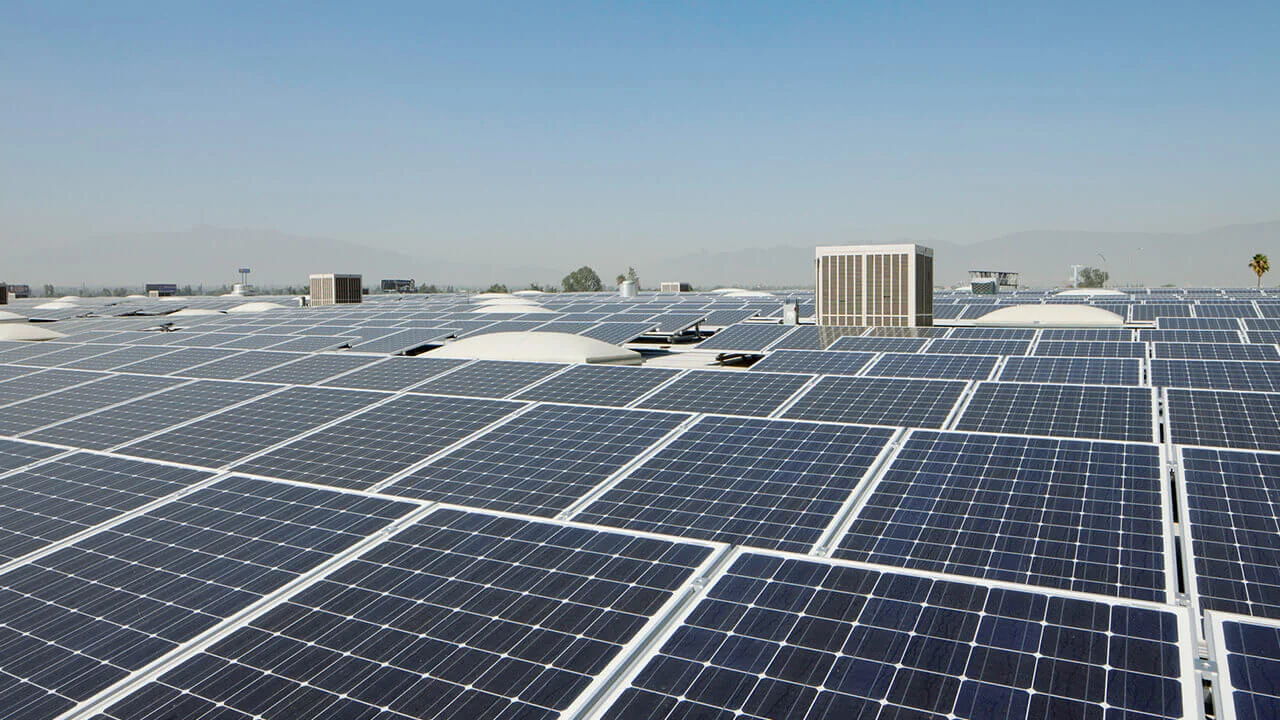
Seamless interconnection of infrastructure and mobility
Dynamic wireless power transfer technology has the potential to completely transform the EV social infrastructure.
What are the features of the technology that DENSO is developing?
Tani said that the principle is as same as that of wireless chargers on which you can charge your smartphones only putting.
“The charging devices are embedded in the road, and they provide electricity to vehicles when they pass over or halt on the devices. The underlying mechanism is very simple. The key point is to limit the charging points by coordinating infrastructure and mobility in order to minimize the energy consumption.”, Tani said.
“Sophisticated system control is required to develop this type of technology. As a major supplier of control technology, DENSO is able to coordinate the complex mechanisms as one system. Because we possess deep knowledge and experience in the field of mobility-product control technologies, we can build systems that effectively coordinate mobility with infrastructure. We have confidence in our abilities, and that’s why we’ve taken on this challenge.”
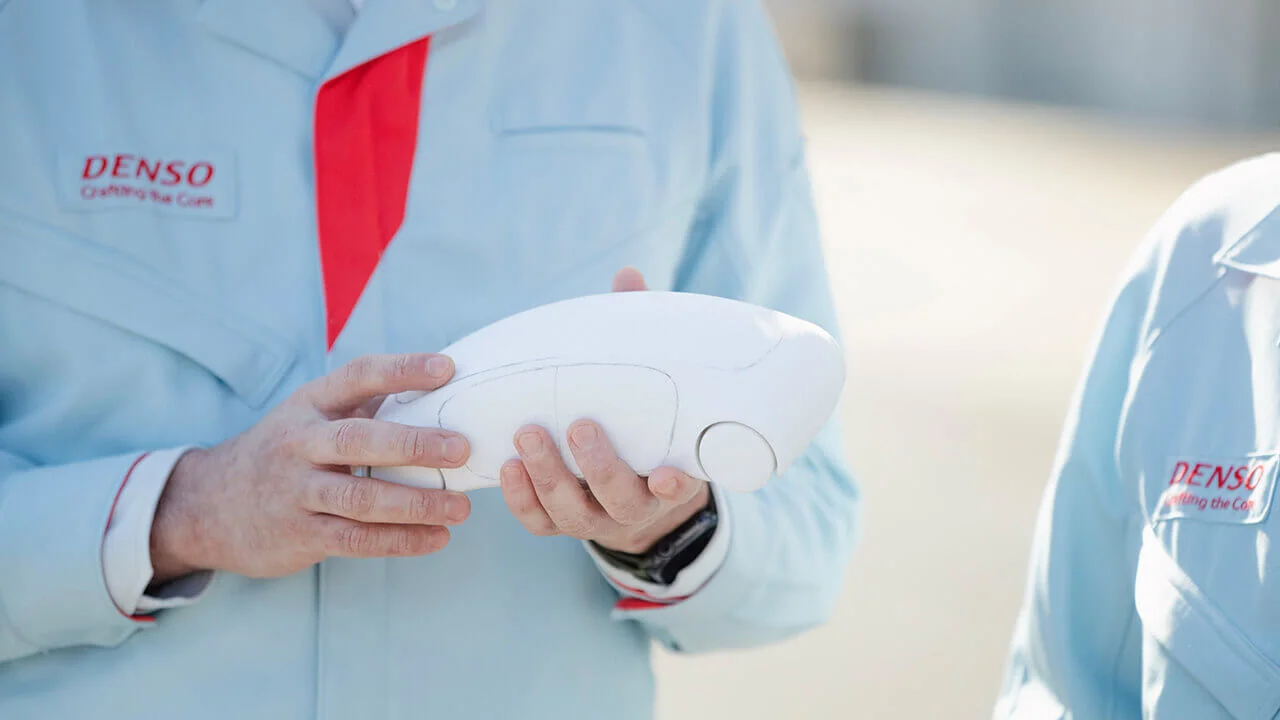
Added Yamaguchi, “We’ve been conducting collaborative industry–academia demonstration testing based on an open innovation approach, and from 2022 we will gradually start the social experiment. Around 2025, we plan to start practical applications of the technology in compact mobility systems within the DENSO’s plants. This technology is expected to work particularly well with vehicles that serve distribution centers, plants and other facilities that operate nonstop throughout the day. By installing electric power charging systems in these locations we can expand the potential uses of automated guided vehicles (AGVs) and greatly improve task automation and efficiency.”
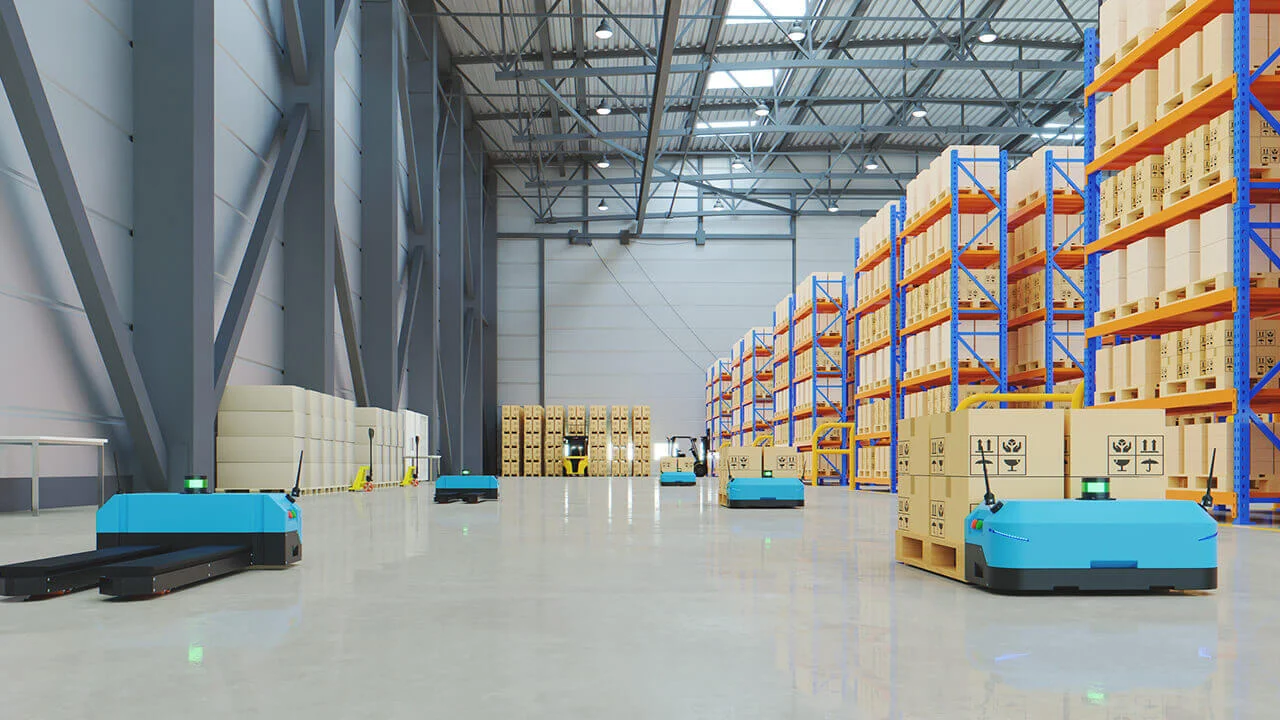
Further into the future, automated mobility will be active not only in factories, but throughout towns and cities as well. In such a world, it is not practical to charge wide variety of electric mobilities with power cables. Seamless charging system such as dynamic wireless power transfer is essential to realize the mobility society described by CASE.
Looking back on the history of the telephone, we once had phones that were securely fixed in place and connected using physical cords, but today wireless devices that communicate using electromagnetic waves are commonplace. In the same way, the wireless supply of energy will someday become the norm in society.
Toward carbon neutrality
In the future, dynamic wireless power transfer will enable new types of infrastructure. This technology has the potential not only to make our daily lives more convenient and enjoyable, but also to bring us closer to the reality of a carbon-neutral world. If you can use then and there the electricity generated with natural energy with saving as little as possible, and if you can use the system that can be called local production for local consumption throughout your town, it would lead to the happy future for both people and the earth.
In order to reach carbon neutrality, it’s also important to think about the overall life cycle of an EV product, and to consider how EVs are made in addition to how they’re used. “Many people believe that EVs are environmentally friendly because they don’t burn gasoline, but in some ways this is not necessarily true,” pointed out Yamaguchi. “EV manufacturing requires a lot of energy, and it emits more CO2 than that of gasoline vehicles.”
People tends to focus on the CO2 emissions only from the use of products of vehicles and home appliances. But we must also focus on that from their production process, because we engage in manufacturing. We have a responsibility to do so as manufacturers. Of course it is important to reduce the former, but we cannot realize the carbon-neutral society if we turn a blind eye to the latter.
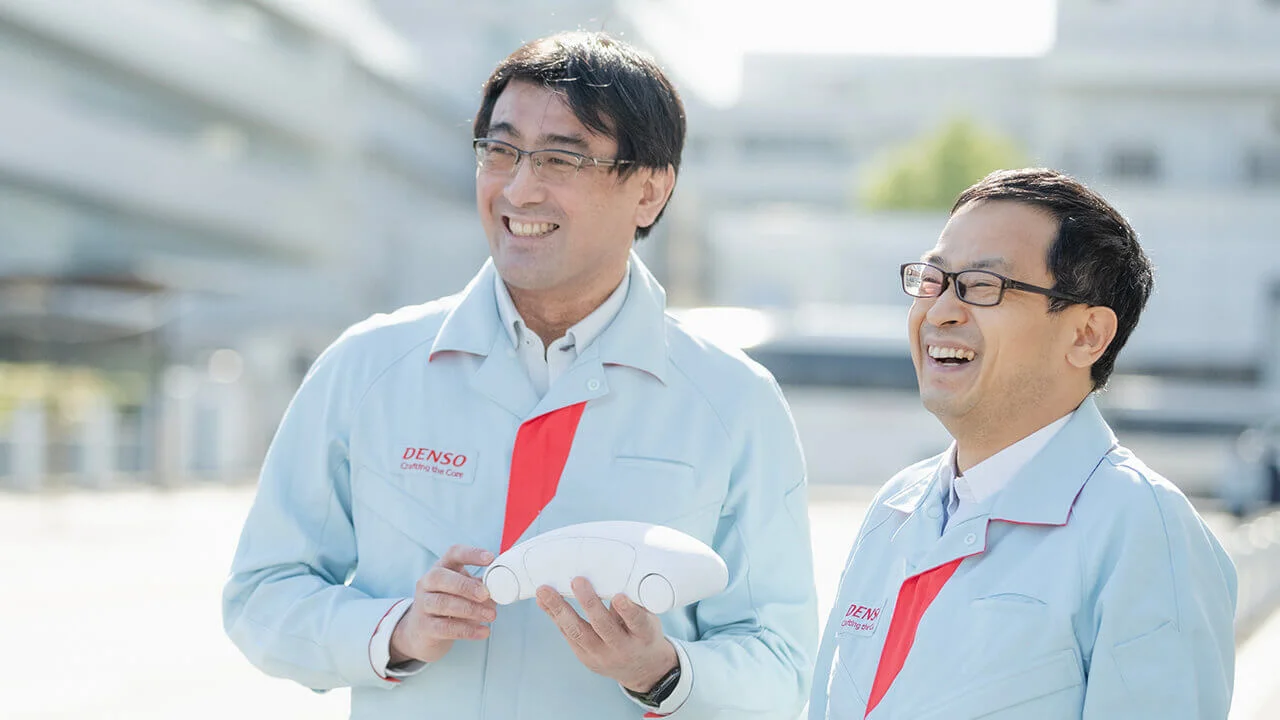
DENSO has set an ambitious target of achieving carbon neutrality in all its operations by 2035, and its determination to achieve this goal has made employees even more enthusiastic about the current charging-technology project.
Enabling freedom of movement, while protecting the environment
By eliminating the need for time-consuming charging at a specific place, we can use energy like the air we breathe. The user will no longer have to think about charging, and energy waste will be eliminated from the process. Then we will be able to drive as far as we would like to without stopping to charge, and more people will want to use EVs. Mobility and related services will increase more and more, and people’s lives throughout society will become more convenient. Dynamic wireless power transfer technology will become commonplace in society, serving not only EVs but also a diverse array of other electric mobility products and services.
It will play a major role in promoting sustainable energy production and transforming society from the ground up.
Through development of this technology, DENSO will continue striving to achieve seamless interconnection of infrastructure and mobility in order to deliver a better future for people everywhere, and a better future for our planet.
REACTION
Changing your "Can'ts" into "Cans"
Where Knowledge and People Gather.




Leave a comment